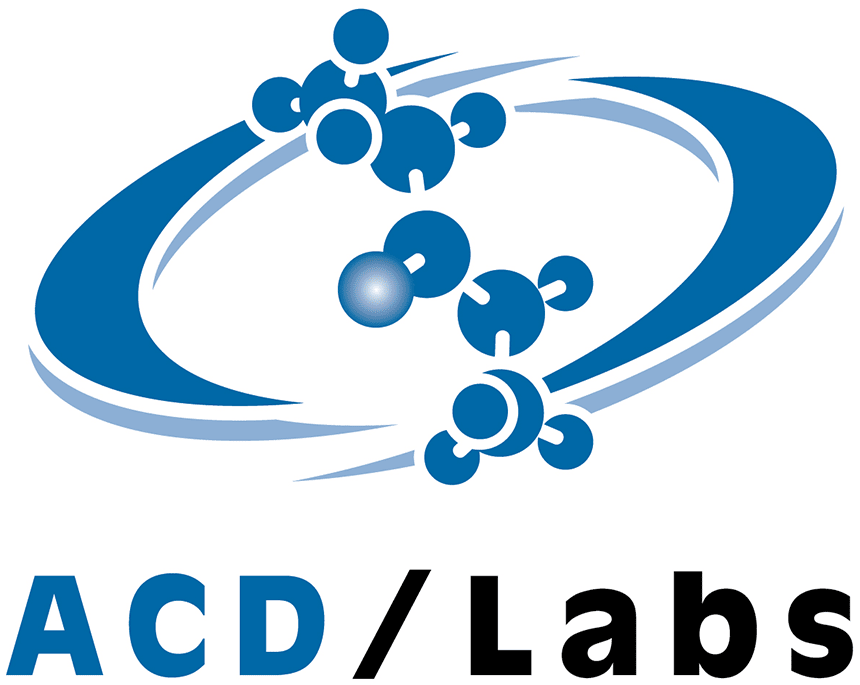For more than 30 years, molecules have been analyzed in the solid, liquid and gaseous state on the basis of their specific vibrations. So, the (FT-) IR spectroscopy has become an indispensable tool in the chemical and pharmaceutical industry for characterizing materials and identifying substances. In the last years, however, a completely new application field in the area of Life Science has opened up to this non-invasive analysis technique. Pharmaceutical and biotechnological companies use this technique to analyze both proteins and cellular systems in order to develop new drugs and products.
Infrared light excites molecules to vibrate. The molecules absorb only light of certains wavelengths that correspond to their specific vibration frequencies. Therefore, the position of the corresponding band in the absorption spectrum is characteristic for a certain vibration and, according to the Lambert-Beer law, the band intensity is directly proportional to the concentration of the vibrating molecule. Today’s Fourier-transform infrared (FT-IR) spectrometer cover the whole (mid) infrared region and allow the acquisition of high-quality spectra within seconds.
Insight into protein conformation
Proteins become more and more important as active agents in medical drugs. Especially therapeutic antibodies are a promising approach for the treatment of diseases that have been incurable so far. Under what conditions remains the protein stable? How long lasts this stability? These and other questions have to be answered in the course of the formulation optimization. The classical method to detect the aggregates of the protein is the size-exclusion chromatography. The denaturation process observed with this method mostly starts mechanistically at an earlier stage, namely with conformational changes of the protein and often under the formation of a typical ß-sheet structure. Using the FT-IR spectroscopy, conformational changes can be detected with a very high sensitivity.





